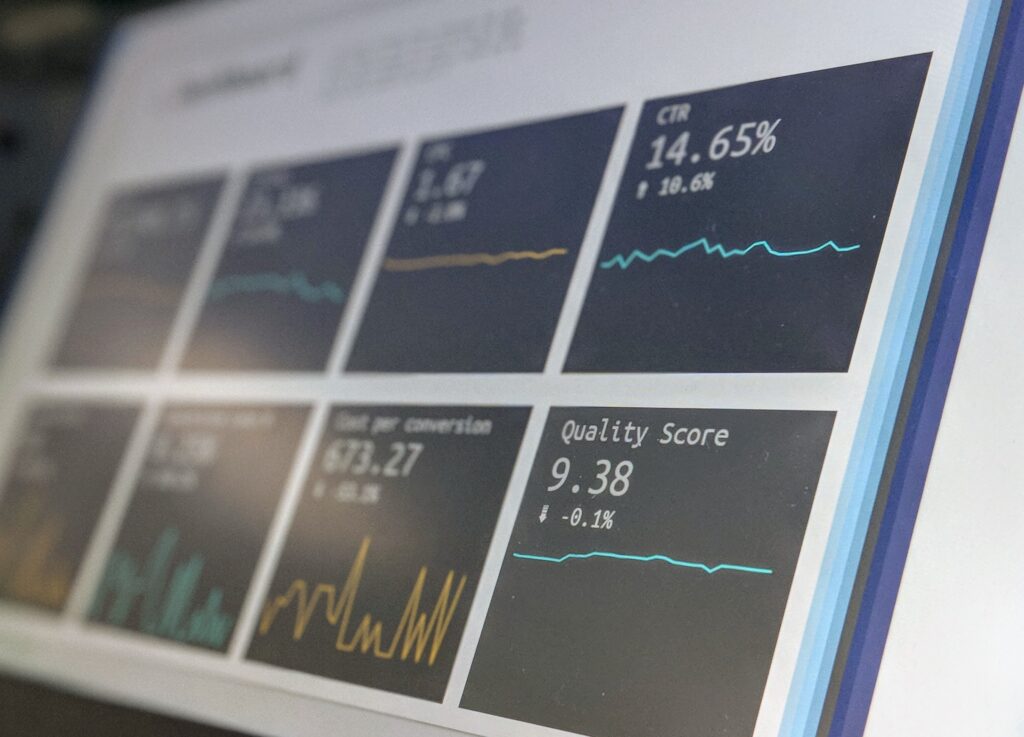
The digital transformation of the financial sector has led to substantial efficiency gains and created new business opportunities. However, it has also significantly expanded the threat landscape. Today, cybercriminals are leveraging increasingly sophisticated tools and tactics to target financial institutions, motivated by the prospect of substantial financial gain and the challenge of bypassing advanced security measures. The cyber threat landscape has evolved, becoming more dangerous and unpredictable, requiring us to constantly stay vigilant.
Certain cyber threats pose particular risks to the financial sector. These include:
The internal threat remains one of the most significant challenges for cybersecurity. Employees or other insiders can exploit their access to sensitive information for malicious purposes, often bypassing security measures designed to thwart external threats. This could be an opportunistic act or the result of coercion by outside entities.
Cyber threats pose severe risks to financial institutions, far beyond direct financial loss. They can disrupt operations, often necessitating costly remediation efforts and potentially resulting in regulatory penalties. Moreover, they can inflict significant reputational damage, eroding customer trust and compromising competitive position in a trust-centric industry.

In a recent incident, a mid-size insurance company fell victim to a sophisticated ransomware attack. The attackers compromised the company’s network, encrypted critical data, and demanded a substantial ransom. The company was unable to access customer records and carry out routine operations for several days. While they managed to restore most of their systems using backups, the incident caused significant operational disruptions and damage to their reputation.
Given the evolving threat landscape, financial institutions must adopt a proactive approach to cybersecurity. This involves adopting robust security measures, such as encryption, multi-factor authentication, and regular software updates. It also requires implementing a culture of security awareness, where all employees understand their roles in safeguarding the organization’s digital assets. Lastly, financial institutions should maintain incident response plans to manage and mitigate the impact of a cyber attack swiftly.
In today’s interconnected world, cybersecurity is not an option but a necessity for the financial sector. It is crucial to understand that the sector’s future success largely depends on its ability to protect its digital assets and maintain customer trust. Therefore, staying ahead of cyber threats, understanding their potential impact, and implementing proactive measures is of paramount importance.